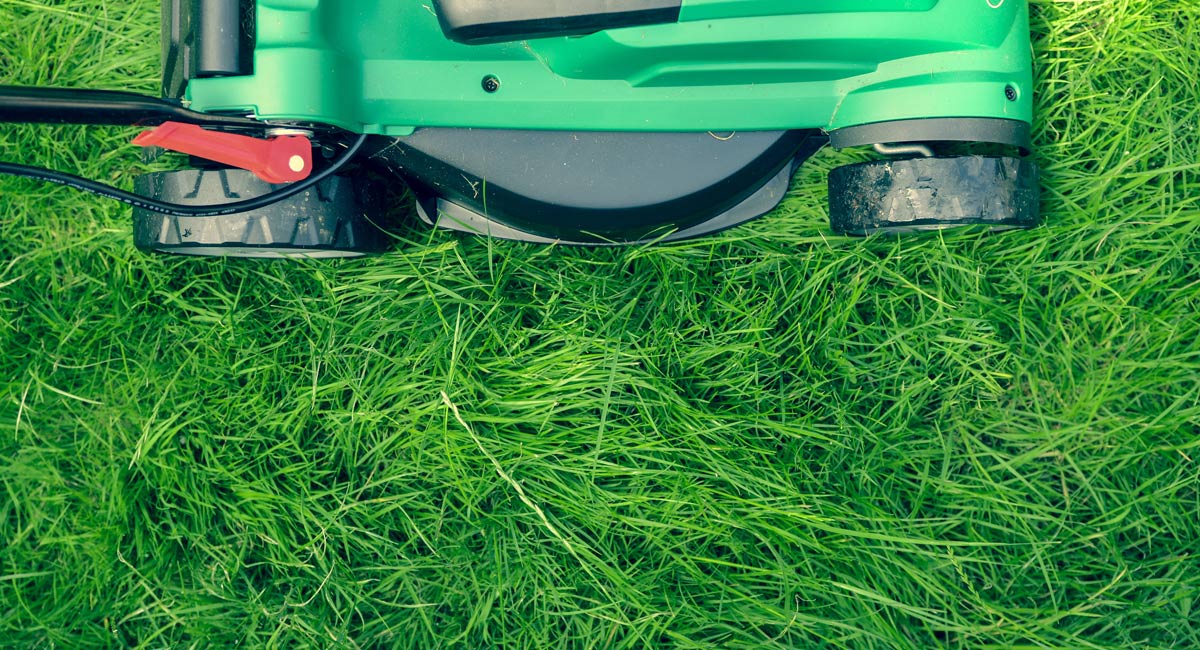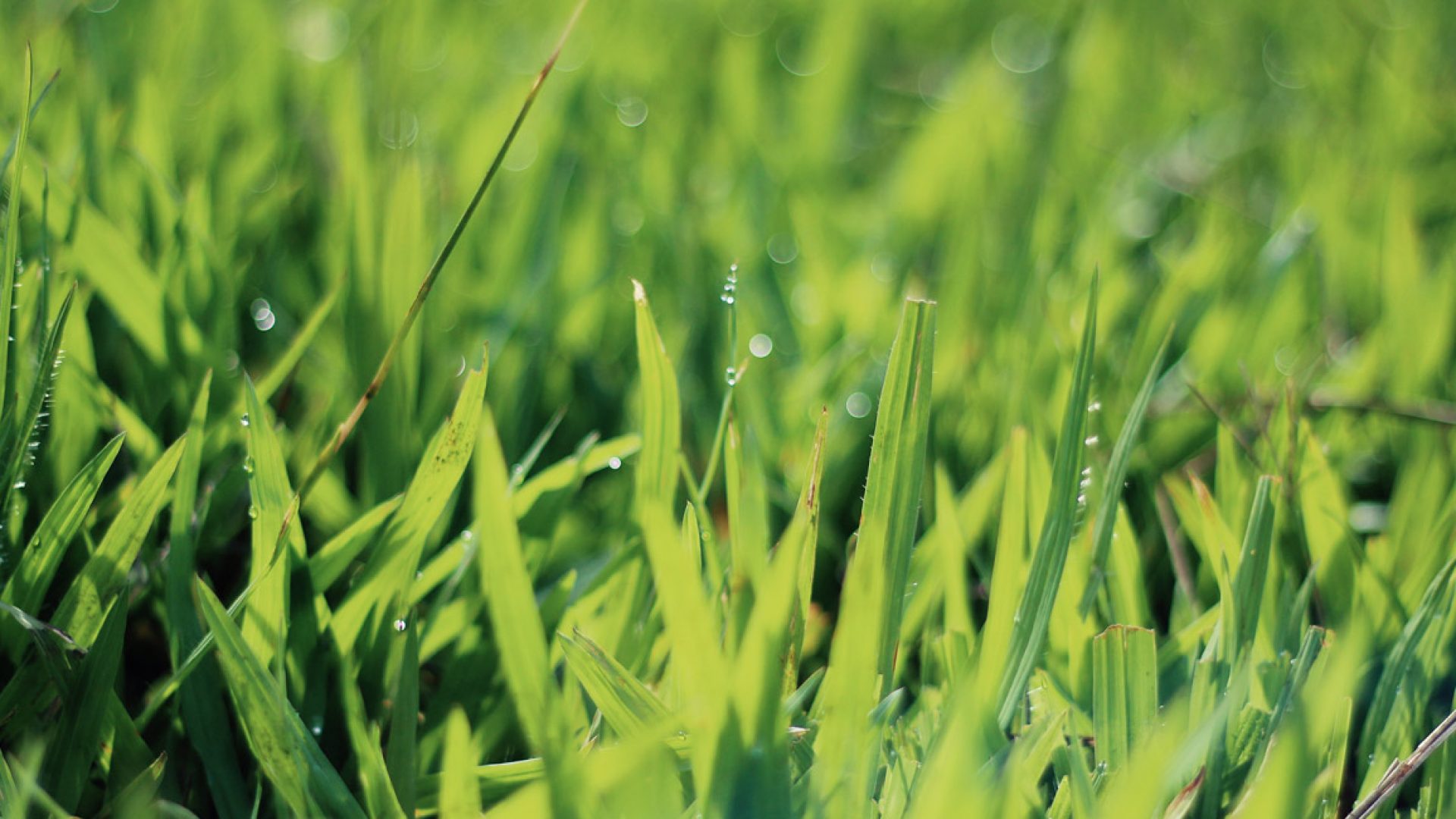Continually keeping up with your lawn care is especially important during the summer months, as it may require more upkeep than normal. The team from Modernize shares tips for how you can keep your lawn healthier and provide eco-friendly lawn care.
You do your best to keep your yard tidy, but many common lawn management techniques run roughshod on the environment, adding to carbon emissions or polluting rivers and streams. Of course, there are always alternatives, and when it comes to keeping up with your lawn, there are lots of ways to keep your turf in check without dealing a blow to the local ecosystem. But the more you know about your grass and what it needs and wants, the better you’ll become at avoiding harmful “one-and-done” solutions—and you’ll reap a healthier lawn for your trouble. Here’s how you can become an eco-expert in your yard and still mow with the best of them.

Get to Know Your Soil Composition
It’s easy to buy into products that promise you the world—and a green lawn to match!—especially when you don’t know all that much about your backyard. The best way to understand what’s going on beneath the ground is to have your soil analyzed for its chemical composition. Many university cooperative extensions offer soil testing programs that will access your dirt for its pH, nutrient makeup—including calcium, magnesium, potassium and phosphorus levels—and for the presence of hazardous chemicals like lead. Most extensions also provide fertilizer recommendations based on your test results to make the process of keeping a healthy lawn a little bit simpler.
You can also get some hints about your lawn if you keep your eyes open and study what’s growing there. Weeds are a fairly good indicator of common soil issues. For instance, if you’re being overrun with plantains, you probably have clay soil, so your lawn could probably use some amending with organic matter. If you see a lot of dandelions pop up, your grass likely needs calcium. Dandelions, along with other frequent invaders like mullein, sorrel, and stinging nettle, are also a sign that your soil acidity is high. This common lawn woe can be resolved by working in an appropriate quantity of dolomitic limestone—and your soil tests results should tell you just how much lime you need. Chicory, on the other hand, often thrives in soils that are compacted. If you see it sprout up, you probably need to treat your lawn with an aerator and invest in some beneficial earthworms to loosen the soil so that other plants can grow.
Switch to Organic Compost
We at Modernize frequently hear from homeowners who are drawn to synthetic, nitrogen-laced fertilizers because of the fast results: patchy or thin lawns respond to these chemicals with a burst of production. However, what’s good for your lawn is often terrible for nearby waterlife. The chemicals that encourage your lawn to go into hyperdrive have a similar effect on algae in nearby streams, rivers, and lakes when fertilizers are washed into waterways by heavy rains. The algae blooms very quickly and then dies as the nutrients are carried away to other parts of the water, and the decomposing algae blossoms remove oxygen from the water. When this process becomes very elevated, it can create what are known as aquatic dead zones, areas too polluted for any marine life to grow. There are now 405 documented dead zones in the world, up from 49 in the 1960s.
Besides the environmental damage, nitrogen-heavy synthetic fertilizers have additional drawbacks for your lawn. Often, these can cause grass to grow too quickly, directing their extra energy to foliage growth, rather than to steady production, which can in turn stunt the grass’s roots. When used in excess, nitrogen fertilizers also cause a buildup of mineral salts, which depletes hydration, giving your grass a brown, burnt look. The quick growth spurt also draws pests, who see the tender young shoots as an all-you-can-eat buffet.
Compost isn’t necessarily a miracle cure for every ailing lawn, but it distributes nutrients more evenly and slowly. It also returns water to the soil, rather than stripping it with mineral salts. Compost should be dropped in small piles and then raked out to about ⅜ of an inch for optimal turf nutrition.
Reduce Your Mowing Footprint
It’s no secret that mowing your lawn isn’t great for your home’s environmental footprint. In 2011, gas-powered lawn equipment use was responsible for about 12 percent of the US’s national CO2 emissions. It was also responsible for 4% of all VOCs, a hazardous gas that has been associated with increased respiratory conditions, skin and eye irritation, and even potentially cancer, according to some sources.
If you have a small lawn, you can help green your lawn care maintenance by switching to a cordless electric mower. Many of these come with high-efficiency ENERGY-STAR rated battery chargers, which use approximately 35 percent less energy than conventional models. They’re especially environmentally-friendly if you use solar energy or other renewable sources to power your home. Or if you’re feeling really industrious, you can opt for a push mower, which generates absolutely zero emissions and definitely counts toward your daily exercise!
If you’re not ready to purchase a new lawn mower, there are other options. You can start by doing some landscaping: incorporating beds or borders of ornamental grasses or native plants means there’s less surface area to mow. Not only does that reduce your mowing run time, it also lowers your time spent on chores—something we can all appreciate!
About the Writer

Erin Vaughan is a blogger, gardener and aspiring homeowner. She currently resides in Austin, TX where she writes full time for Modernize, with the goal of empowering homeowners with the expert guidance and educational tools they need to take on big home projects with confidence.




